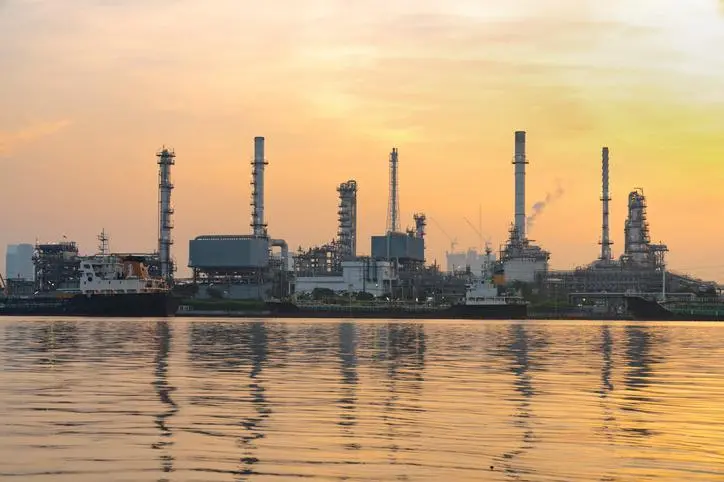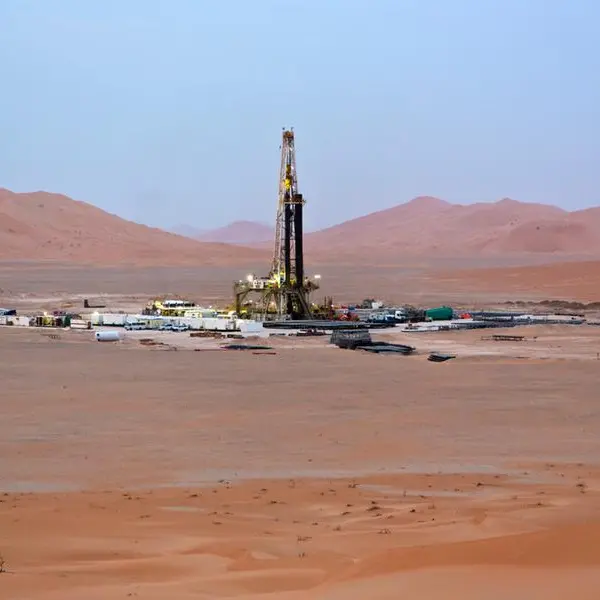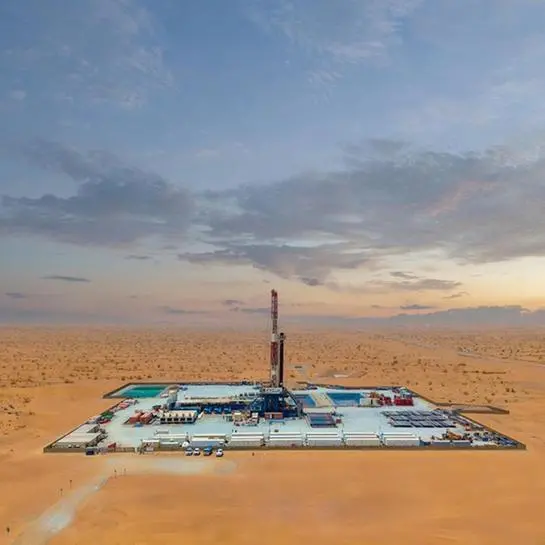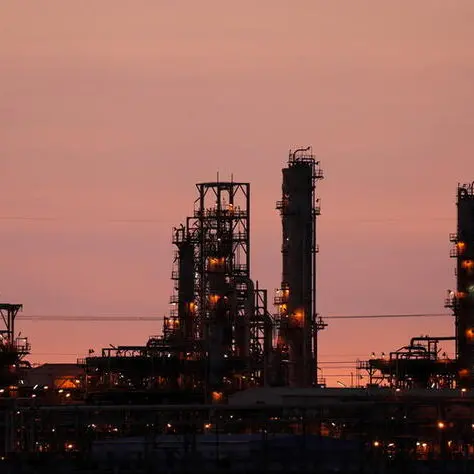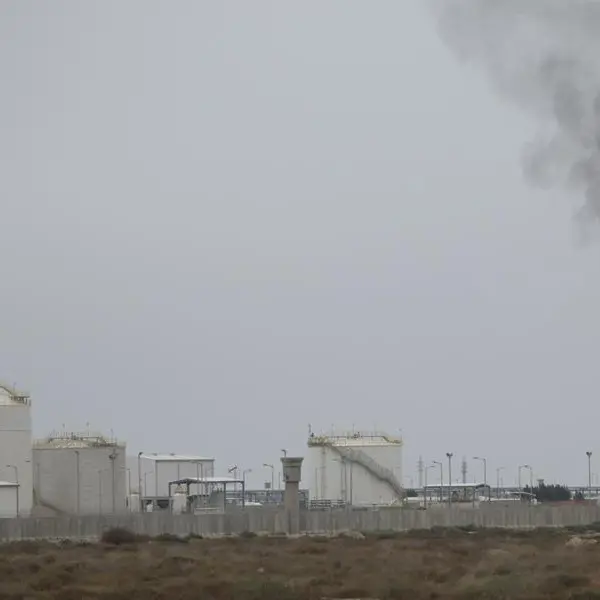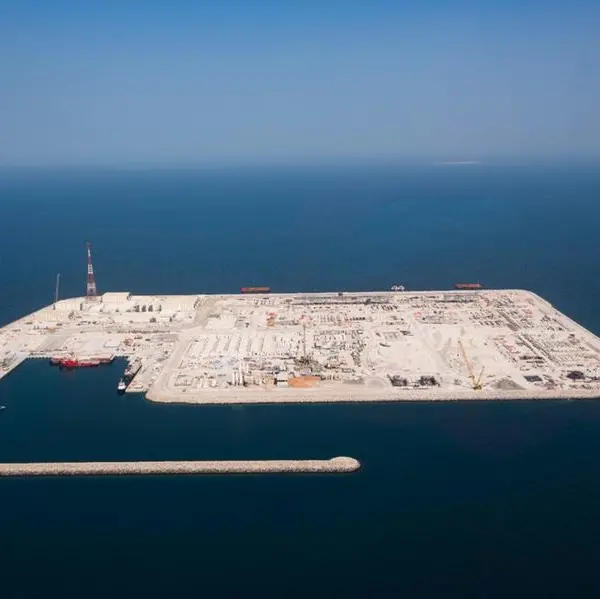PHOTO
The new Cabinda Oil Refinery in Angola has passed a crucial test conducted in Houston, Texas at the VFuels facility, providing a clearer timeline for the equipment delivery to the country.
The Factory Acceptance Testing, which helps verify whether the newly manufactured and packaged equipment meets its intended purpose before it is delivered to its intended destination, means Angola can have the equipment installed for refining.
The Cabinda Refinery is expected to purify up to 60,000 barrels of oil a day once fully operational. The full project is expected to represent an investment of $1 billion in three phases, according to official government figures released on Tuesday.
Cabinda Governor Marcos Nhunga said the province’s refinery begins production in July after the completion of the first phase of installation.
With a population of 400,000 people, Angola's Cabinda province is geographically separated from the rest of the country and produces up to 70 percent of the country’s oil revenues that make up half of its GDP.
Apart from the Cabinda refinery, Angola has the Lobito and Soyo refineries under construction while the Luanda one is being expanded.
Angola is the second largest sub-Saharan Africa oil producer after Nigeria, which produces 1.6 million barrels of crude barrels per day but lacks adequate refining capacity.
For years, Angola’s economy suffered from the effects of lower oil prices and production levels despite significant progress on macroeconomic stability and structural reforms. Since 2015, the oil sector, which accounts for one third of GDP and roughly 95 percent of exports, had declined sharply.
Angola imports about 80 percent of oil products consumed in the country and the costs of importing and subsidising are estimated at about $1 billion annually.
According to the Secretary of State for oil and gas, José Barroso, with the entry into production of the Cabinda refinery and the conclusion of the optimisation process of the Luanda refinery, these values could drop significantly.
Once fully operable, the Cabinda refinery will produce gasoline, diesel, LPG, fuel oil, Jet A1, and Kerosene, the official said.
Work on the Cabinda Refinery has created over 500 jobs in Houston while achieving the construction of a 30,000 barrels per day modular crude distillation column – the largest throughput to date by VFuels, and the largest single-train modular crude distillation unit built to date globally.
Angolan State Minister of Petroleum Diamantino Pedro Azevedo, the country’s state-owned oil company Sonangol head Sebastião Martins and other members of the board toured the VFuels facility as part of the proceedings.
In Angola, the project is expected to create 1,300 jobs in total.
The Angolan economy is oil dependent and the country’s government has been looking for alternative ways.
In 2021, the Angolan economy showed signs of recovery and is estimated to have exited the long recessionary cycle with real GDP growth of 0.2 percent. The non-oil sector recovered, supported by the removal of Covid-19 related restrictions and the lagged impact of macroeconomic reforms, according to the World Bank (WB).
The outlook for 2022 is favourable, the World Bank adds, especially due to the continued rise of oil prices and a temporary rise of production levels.
As the transformation of a state-led and oil-funded economic model to a private-sector-led growth model is a complex and long-term process, the oil sector will continue to play an important role during the transition period. However, the continued government efforts to diversify the economy have been boosting non-oil sector growth.
In December, the International Monetary Fund (IMF) urged Angolan authorities to promote conditions for faster development of key economic sectors, such as agriculture, telecommunications, and finance.
Diversifying the economy through continued deep structural reforms is essential for achieving inclusive growth and consolidating economic sustainability, the IMF also warned.
Meanwhile, Angola bagged $10.14 billion with exportation of 98.3 million barrels of oil during the first quarter of this year, the country’s government confirmed last week in an annual report.
This represents an increase of 29.84 percent compared to the fourth quarter of 2021, according to a data released by the Ministry of Mineral Resources, Oil and Gas.
Out of the oil exported from Angola, 26.22 percent is by the Concessionaire, the National Agency of Petroleum, Gas and Biofuels, and 15.54 percent by the state-run oil company, Sonangol.
Other companies that export oil from Angola include TotalEnergies (12.74 percent), Esso (9.56 percent), ENI (9.82 percent), BP (6.35 percent), SSI (6.73 percent), Equinor (5.84 percent) and Chevron (5.80 percent).
China remains in the lead with 63.83 percent, followed by India with 9.86 percent and France with 5.11 percent.
Other destinations include countries such as USA, Canada, Italy, Portugal, the UK, Thailand and South Africa. © Copyright 2022 Nation Media Group. All Rights Reserved. Provided by SyndiGate Media Inc. (Syndigate.info).
